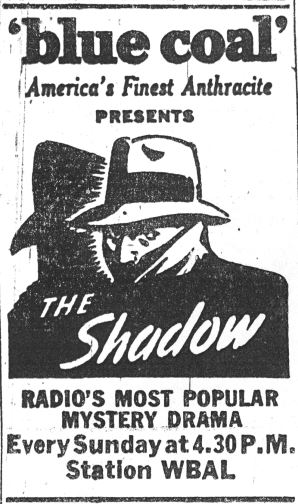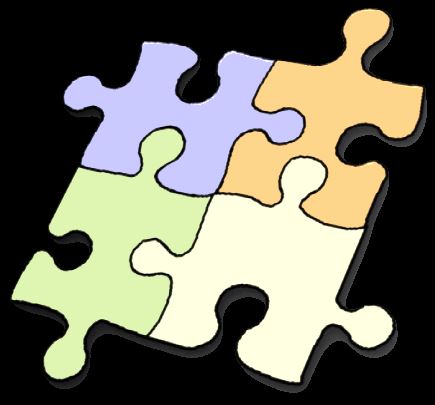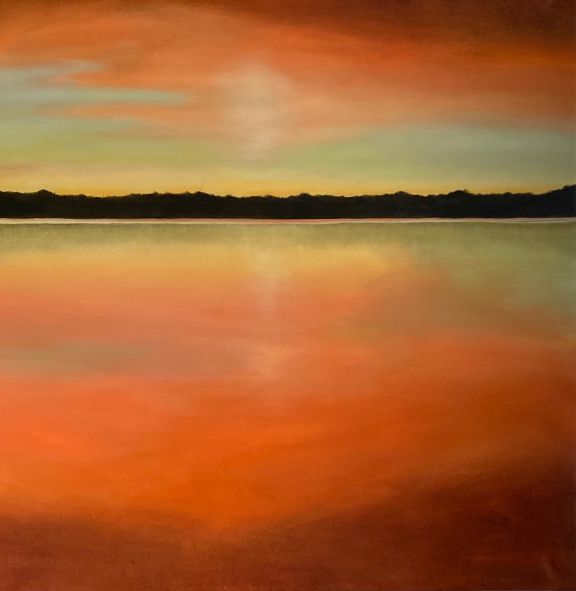The Great Depression—Not Always Depressing
by Gary Wright
Fun can always be found where you look for it.
The Great Depression of the 1930’s was, in many ways, the darkest time in the modern world. From 1929 until 1939 the whole world underwent radical overhauling, as millions lost their jobs, the stock market crashed, bread lines wound around every corner, and hope was nigh impossible to be found. Many declared the American dream to be dead, while others actually thought we were facing the ‘end of times.’ The poverty-stricken American South was no stranger to the perils of that hard time, some harsh people, and bad luck. Through it all, though, brief time-outs could be enjoyed during that dismal period and a chuckle, a laugh, even a guffaw gave the dimmest bit of hope and a reason to struggle through another day.

Radio was the internet of its day. It brought the entire country together, causing almost instantaneous connection between the furthermost parts of America. The radio was so crucial that the 1930 Census asked if the household had one. Free entertainment, timely news, cultural events and laughter were now available at the touch of a button and even people in the isolated, rural South were connected with the world. Walter Winchell and Edward R. Murrow were popular news commentators on the radio. Laughter and mirth could be enjoyed daily with the likes of Jimmy Durante, Laurel & Hardy, The Marx Brothers, Lum & Abner, Amos and Andy, and Fibber McGee and Molly.
On October 20, 1930 a serial program entitled ‘Painted Dreams’ debuted on WGN radio in Chicago. Soon, a whole host of similar radio dramas were being broadcast daily. Most were aired in the afternoon when housewives would be the likely audience and they were paid for with commercials aimed at these housewives, particularly soap commercials. Thus were born ‘soap operas’ and they ruled the airways until dethroned in the late 40’s by television.

In the evening, people listened to the melodramas like ‘Lone Ranger,’ ‘The Green Hornet,’ ‘The Shadow’ and ‘Gangbusters.’ The most famous radio drama ever broadcast was Orson Welles’ ‘The War of the Worlds,’ in which a huge numbers of listeners believed that an actual invasion from Mars was taking place.
Singers Bing Crosby, the Mills Brothers, Bessie Smith and Duke Ellington crooned to the mainstream while a promising new genre, country music, popularized Bob Will and the Texas Playboys. Western film star Gene Autry and Guy Lombardo’s and his orchestra were in great demand to the urban population while the tinny, twangy sound of the Grand Ole Opry was fashionable with the over-all and denim-clad inhabitants of the rural South and West. Its early stars included the Carter Family, Bill Monroe and the original Jimmie Rodgers.
The first night game in Major League Baseball history occurred on May 24, 1935 when the Cincinnati Reds beat the Philadelphia Phillies 2–1 at Crosley Field. Afternoon and weekend baseball dominated the sports scene and the National League’s biggest stars were on the mound: the always colorful, Dizzy Dean and screwball artist Carl Hubbell, while Jimmie Foxx, Lou Gehrig, Hank Greenberg and Earl Averil dazzled the junior league.
Millions listened to the nightly news in fear and trepidation as they learned about the rise to power of Hitler, Fascist Italy and Imperial Japan. Little did they know that events a half a world away would engulf them, end the Depression and change their lives forever. In 1933 President Roosevelt began a series of radio messages aimed at diminishing the fear and doubts of the American public. These broadcasts which came to be known as ‘fireside chats’ went on for the next ten years and were immensely successful by humanizing the President and letting the people know that they ‘were all in it together.’
Hollywood not only survived the Great Depression, it flourished, as 80 million Americans on average went to the movies at least once a week. ‘Talkies’ only added to the attraction of movies as they provided an escape for Americans from the hard realities of their grim times. Movies allowed Southerners a respite of their rural existence and a brief glimpse of life of the highbrow society for an hour and a half. People could not only dream but could live out their fantasies via the movies.
“My Man Godfrey” told the story of a man who lost his entire fortune in the 1929 stock market crash. To make a living, he became a butler for a rich family, and he ended up saving the family. In 1937, Walt Disney’s “Snow White” became America’s first full-length animated movie and delighted children and adults alike. 1939 was a banner year for the movies with premieres of “Gone with the Wind” and “The Wizard of Oz,” both destined to become movie classics.

Board games became immensely popular as a free way to have fun requiring only time and friends with whom to share a good time. Monopoly allowed many a poverty-ridden farmer, shopkeeper or even ‘hobos’ a chance to become a millionaire even for a couple of hours. Scrabble became an instant hit, providing hours of fun for adults and kids. Neighbors got together to play card games such as whist, pinochle, canasta and bridge. Jigsaw puzzles brought family and friends together to ‘chew the fat’ and piece together those difficult puzzles. Sometimes, they would take weeks to finally solve with people working on them at various times.
Even during the darkest of times people were determined to overcome the difficult situation. They found a way to prevail. Humor, fun, and entertainment weren’t a luxury; they were a necessity in order to maintain sanity, to fill the emptiness that surrounded nearly everyone, and to give them the wherewithal to move forward to a better tomorrow.


